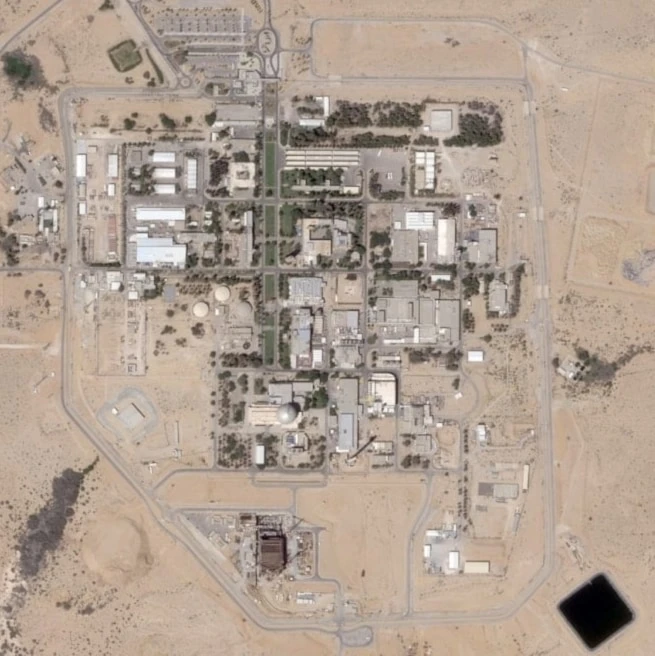Russian research vessels raise Western concerns: Report
The Russian oceanographic vessel Admiral Vladimirsky is under scrutiny by Western governments for alleged intelligence-gathering activities.
-

Russian Navy's oceanographic research vessel 'Admiral Vladimirsky' takes part in the military parade during the Navy Day celebration in Kronshtadt outside St.Petersburg, Russia, on July 26, 2020. (Alexei Druzhinin, Sputnik, Kremlin Pool Photo via AP)
A report published by Izvestia on Saturday shed light on the Russian oceanographic research vessel Admiral Vladimirsky that recently made an unofficial port call in La Guaira, Venezuela, before continuing its planned voyage into the Atlantic Ocean.
While Moscow maintains that the mission is scientific, the vessel's activity has reignited Western concerns over Russia’s potential intelligence-gathering operations in maritime zones, according to the report.
Admiral Vladimirsky docks in Venezuela, continues Atlantic mission
According to the Russian Ministry of Defense, the stop in Venezuela allowed the crew to replenish water, fuel, and food supplies, as well as conduct technical maintenance. Moreover, Venezuelan President Nicolas Maduro said the visit confirms the joint work of the two countries' militaries.
As per the report, the vessel is now proceeding to a designated research area in the Atlantic Ocean as part of a broader oceanographic expedition that began on March 13 from Kronstadt, marking the 80th anniversary of the Victory in World War II.
Oceanographic tasks and strategic relevance of research vessels
The report detailed that the vessel was launched in 1975 and is the last active ship from a series of oceanographic vessels built for the Soviet Navy.
With a displacement of 9,120 tons, a length of nearly 148 meters, and a range of up to 18,000 nautical miles, the vessel can operate autonomously for up to 90 days. It is equipped with 19 specialized research labs, hydrographic boats, and a helipad for a Ka-25 helicopter.
Read next: Komodo 2025 naval exercises launch see Russia, China, US participation
Scientific roles and military utility
The ship's core missions include ocean current monitoring, marine meteorology, chemical hydrology, and biological studies. Military experts say that this type of data collection is critical for developing accurate navigation maps and understanding sea conditions, information vital for both civilian and military maritime operations, as per the report.
"The world’s oceans are in constant motion," said military analyst Dmitry Boltenkov, adding, "Tracking changes in temperature, density, and currents helps improve navigation and could also inform military planning." Moreover, experts in Russia argued that exploration of the world’s oceans is essential for any country with global maritime interests.
“We know more about space than we do about the ocean,” said defense analyst Viktor Litovkin. “Hydrographic vessels are crucial for studying marine environments, not just for science but also to support industries like fishing and to inform naval operations.”
Western intelligence fears dual-use missions
The Izvestia report mentioned that the movements of Russian research vessels have raised alarms in Western security circles. It recalled that in April 2023, an investigation by the security services and public broadcasters of Denmark, Norway, Sweden, and Finland claimed that Russian ships were used to monitor underwater infrastructure and potentially plan acts of sabotage. The Admiral Vladimirsky was named explicitly in the report and labeled a "spy ship."
As per the report, Russian officials have dismissed these claims.
Kremlin spokesperson Dmitry Peskov said the accusations were baseless and pointed to what he called the West’s “habitual” finger-pointing at Moscow, urging a greater focus on unresolved issues such as the sabotage of the Nord Stream pipelines, calling for an international investigation.
In early 2025, another Russian research vessel, the Yantar, was reportedly monitored by the UK Royal Navy amid similar suspicions. British officials alleged it was mapping undersea infrastructure, prompting the dispatch of Royal Navy ships to track its movements.

 4 Min Read
4 Min Read










